Experiencing a squeaky garage door can be frustrating, but with the right tools and techniques, you can easily eliminate this annoying noise.
Experiencing a squeaky garage door can be quite bothersome, but the good news is that there’s no need to endure that irritating noise any longer. This article will guide you step-by-step through a simple, yet effective solution to fix your squeaky garage door.
We’ll cover everything from identifying the cause of the squeak, selecting the right lubricant, to applying it correctly. By the end of this article, you’ll be equipped with all the knowledge and tips you need to silence that squeaky garage door once and for all.
So, let’s dive into the details and get that garage door running smoothly and quietly.
Key takeaways:
- Tighten all parts of the garage door
- Replace worn rollers of garage door
- Install new hinges on garage door
- Grease the garage door track
- Isolate the garage door opener
Tools Required for Garage Door Repair
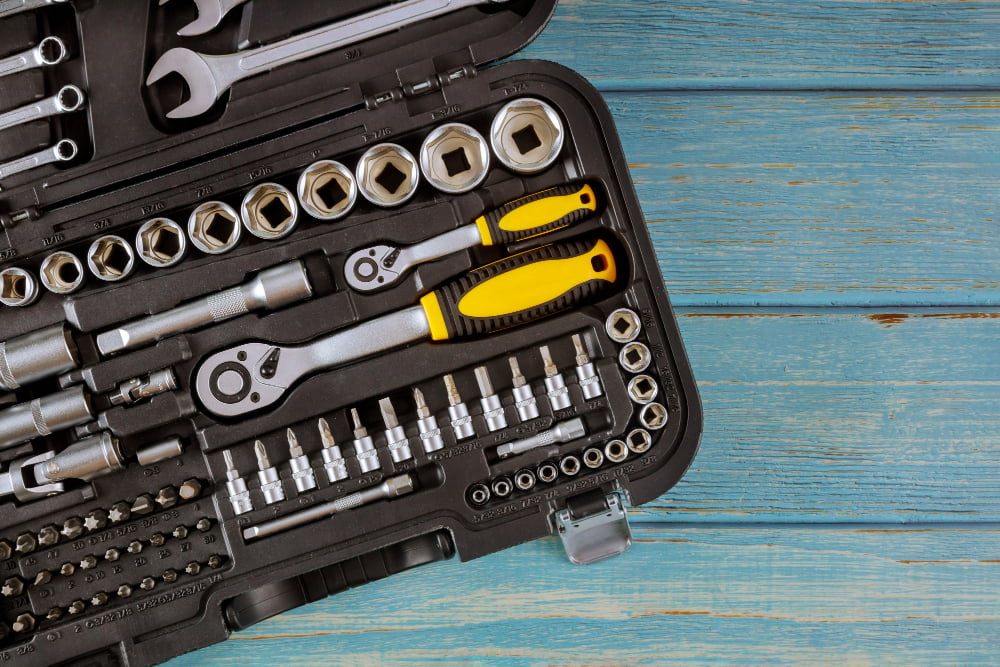
Before diving into the repair process, gather all essential tools. First and foremost, a reliable wrench and socket set come in handy for tightening various bolts and nuts involved. Additionally, consider investing in a sturdy screwdriver set, which proves useful when dealing with smaller, intricate parts of the door.
A solid, well-gripped pliers set, including needle-nose pliers, can help remove or adjust components that are hard to access. You’ll also need a good quality ladder, tall enough to reach the garage door track system. And as precautionary gear, don’t forget safety goggles and gloves – they may seem trivial but can play a crucial role in preventing unexpected accidents.
Last but vitally, ensure you have good quality lubricant for lubricating the door’s moving parts – this aids in reducing the squeaking noise. With the appropriate tools ready, any garage door issues can be rectified more efficiently and safely.
Materials Required for Fixing a Squeaky Garage Door
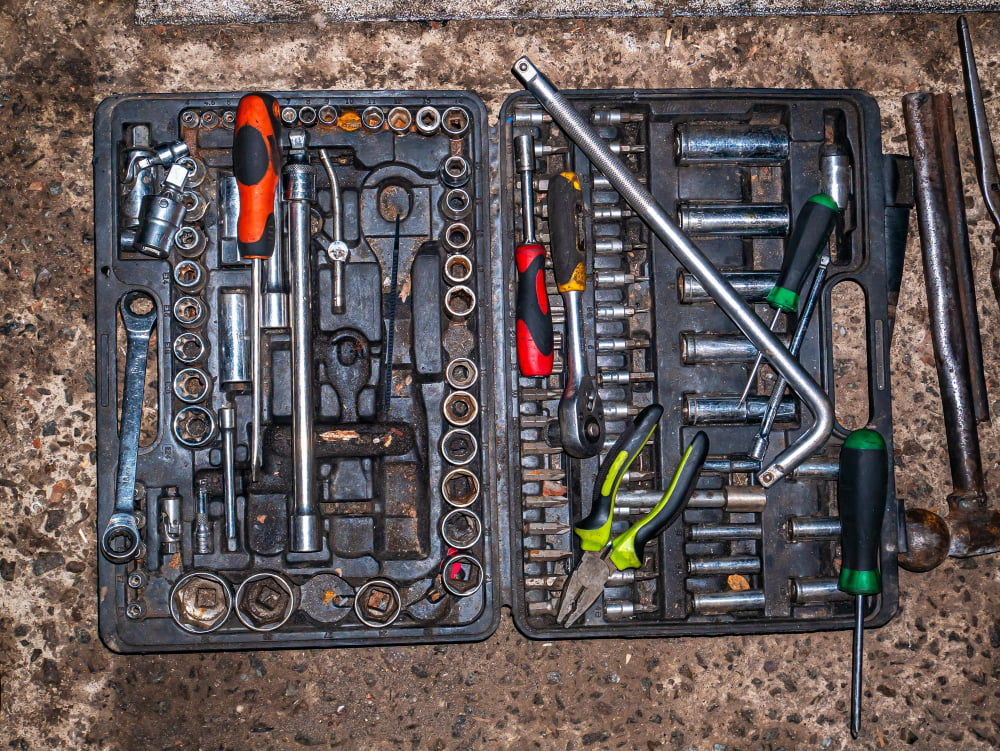
To remedy the problematic noise efficiently, a collection of specific tools will be needed. A socket wrench set with different hardware sizes could be very useful, as the garage door parts may vary in measurements. A standard screwdriver or a power drill, depending on the thoroughness of your planned maintenance, will be required to tighten loose screws or bolts.
Additionally, a sturdy ladder will be indispensable for reaching the higher parts of the garage door assembly. Safety goggles and gloves should be worn throughout the process to protect oneself from potential injuries.
As for materials, both lithium grease and silicone spray can be useful. While using both is not necessary, having options can be favorable. Lithium grease clings to metal, making it an excellent protectant, ensuring that it doesn’t evaporate or wash away. Silicone spray, alternatively, is perfect for a quick fix when time is short. Earl-pick applicators can be used for a precise application of these lubricants in harder-to-reach places.
If you anticipate a larger overhaul, purchasing a garage door roller kit and a set of replacement hinges might also be necessary. Being prepared with the correct tools and materials will allow the procedure of eliminating the squeak in the garage door to be successful and efficient.
Tighten All Parts of the Garage Door
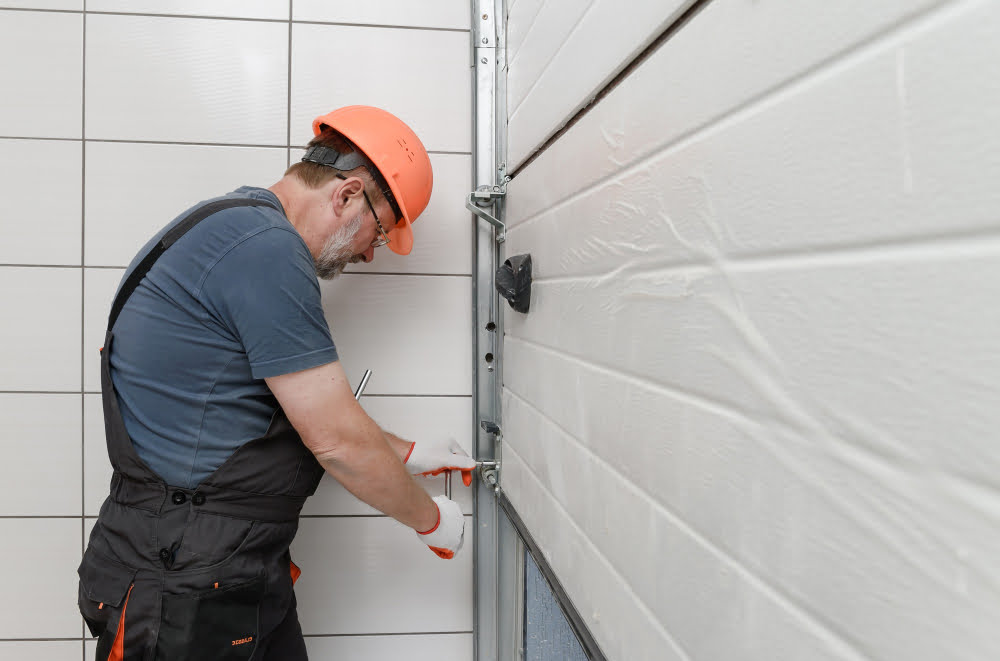
Fasten every bolt and nut found on the door and track. Over time, the constant movements of the garage door can cause these pieces to loosen. Utilize a socket wrench for this task, being careful not to overtighten and potentially strip the screw holes.
Remember to inspect the brackets holding the tracks to the wall and ceiling, and the attachment point of the garage door opener. This step can often rectify small squeaks and prolong the life of your garage door components.
Replace Worn Rollers of Garage Door
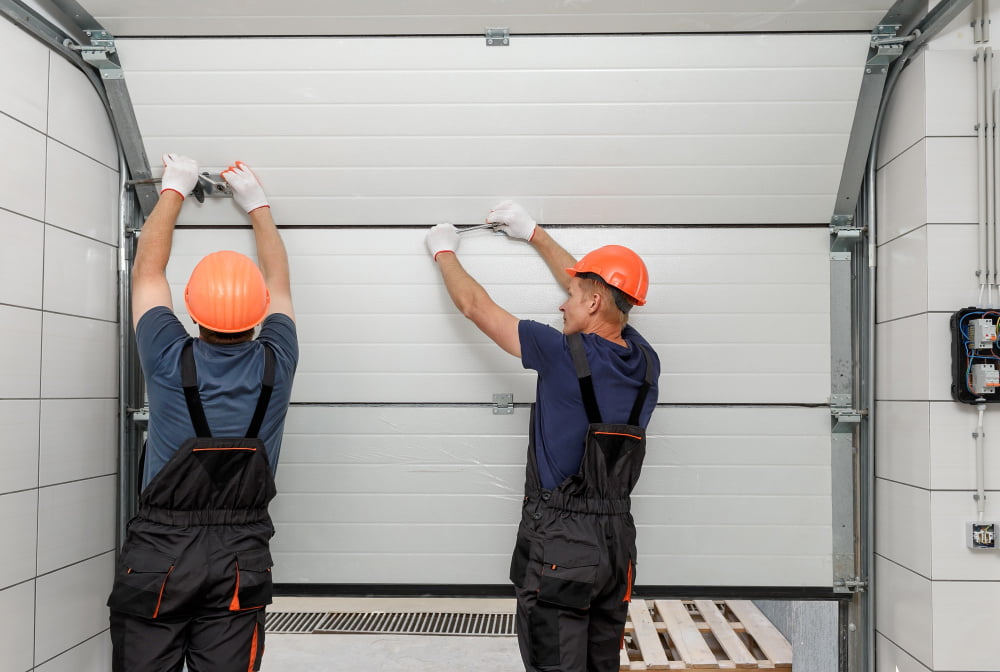
Begin the replacement process by gently removing the rollers from the tracks. Remember to disconnect the garage door from the opener beforehand, to ensure safety. Don’t attempt to remove the bottom rollers; they’re under extreme tension and might cause injury.
When selecting new rollers, nylon is a top choice due to its quiet operation. However, steel rollers are more durable and can last longer, albeit with more noise. Regardless of which type suits your needs, ensure that they are of high-quality to prolong their longevity and effectiveness.
Slot your new rollers into place, then return the door to its track. Continue this process for all rollers needing replacement, leaving the bottom ones intact. Regular replacement of worn rollers can significantly reduce the squeaking of your garage door and improve its efficiency.
Install New Hinges On Garage Door
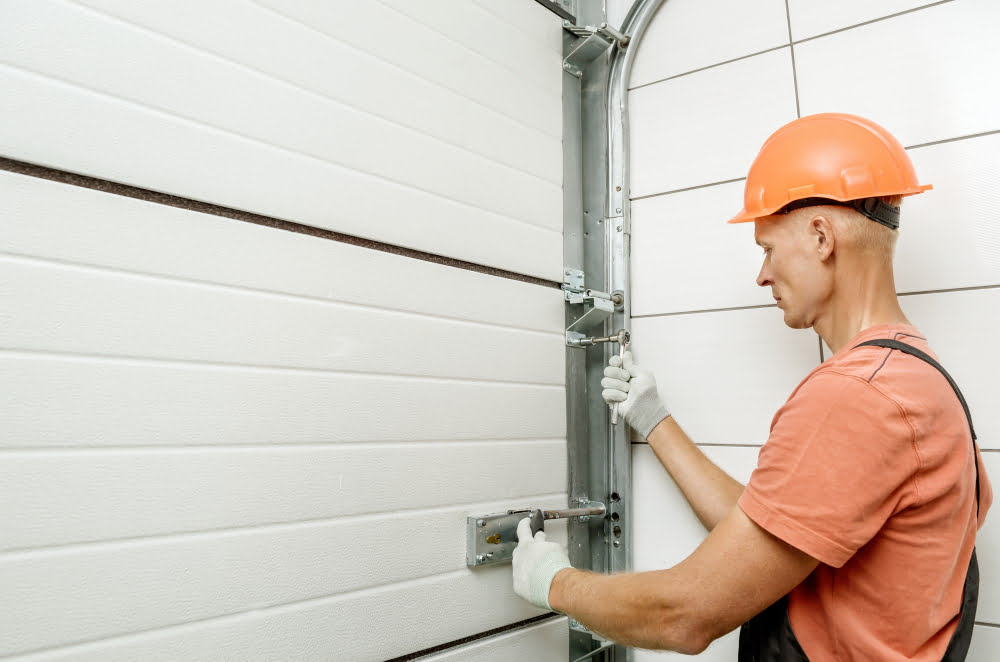
Identifying worn-out hinges is a key step in this process. Look for any signs of wear or grime that could be causing the squeaking sound.
Unscrew the worn hinges carefully and remove them, being cautious not to damage the door in the process. Procure the same type of hinges from a hardware store, ensuring compatibility for smooth operation.
Next, position the new hinge on the door and secure it using a screwdriver or a power drill. Be mindful not to overtighten the screws as it may strip the screw hole or misalign the hinge. Perform the same steps for any other hinges that need replacing.
Finally, after the necessary replacements have been made, slowly maneuver the door to verify the squeaking sound has disappeared. If the squeak prevails, it may indicate another source of the noise.
Grease the Garage Door Track
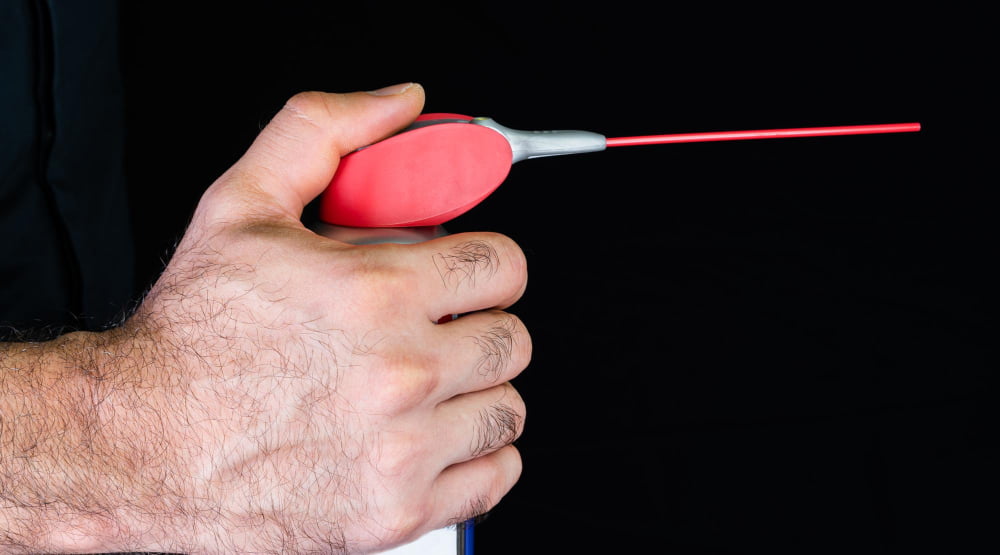
Regular lubrication is pivotal to silence a squeaking garage door. Understanding that it’s the friction created during operation that leads to those annoying sounds, appropriate lubrication serves as the remedy.
Before this step, ensure the track is free from any debris or dirt, by gently cleaning with a cloth or a soft brush, as these may contaminate the lubricant and reduce its effectiveness.
Use a high-quality silicone-based garage door lubricant, avoid using products like WD-40, as these are not suitable for long-term lubrication. Lubricate all moving components including the track, rollers, and hinges generously.
Be careful not to apply too much lubricant on the track as it might attract more dirt and dust, increasing the friction again. Remember, a smooth operating door is not just a quiet one, it has a longer lifespan too.
Once applied, open and close your garage door a few times to spread the lubricant evenly. A small yet crucial tip is to reapply lubrication every six months to keep those squeaks at bay.
Isolate the Garage Door Opener

With safety glasses on, carefully disconnect the opener from the door by pulling the release handle, typically a red cord hanging from the opener. Once disconnected, listen for problematic sounds as the door moves. If the squeak persists, the issue lies within the door’s mechanisms rather than the opener. Conversely, if the squeak dissipates, the opener may be the culprit.
Remember, handling electric appliances demands precautions. Always ensure the power to the opener is off at the breaker box before inspecting it closely. For chain-drive systems, check for tightness of the chain. A slack chain can make loud slapping sounds and cause the door to jerk as it operates. If adjustments are necessary, refer to your owner’s manual.
For belt-drive systems, a loose belt can lead to vibrations, contributing to noise levels. Again, refer to your owner’s manual for adjustment procedures. Lubricate the opener’s rail with white lithium grease as per the manufacturer’s instructions, making sure to avoid excess application causing dripping onto the garage floor or your car.
FAQ
Can I use WD-40 to lubricate garage door?
Yes, you can use WD-40 to lubricate your garage door, particularly on its rollers, door hinges, locks, and pivot points for effective maintenance.
What is the best lubricant for a squeaky garage door?
The best lubricant for a squeaky garage door is a silicone spray lubricant due to its ease of application, ability to reduce friction, and protection against rust and corrosion.
How frequently should I apply lubricant to avoid a squeaky garage door?
To avoid a squeaky garage door, it is advisable to apply lubricant every three months.
What are the key areas in the garage door mechanism that require lubrication?
The key areas in the garage door mechanism that require lubrication include the rollers, hinges, tracks, and springs.
Besides lubrication, are there other ways to fix a squeaky garage door?
Yes, besides lubrication, adjusting or replacing the garage door’s springs, tightening loose nuts and bolts, and replacing worn out rollers and hinges can fix a squeaky garage door.